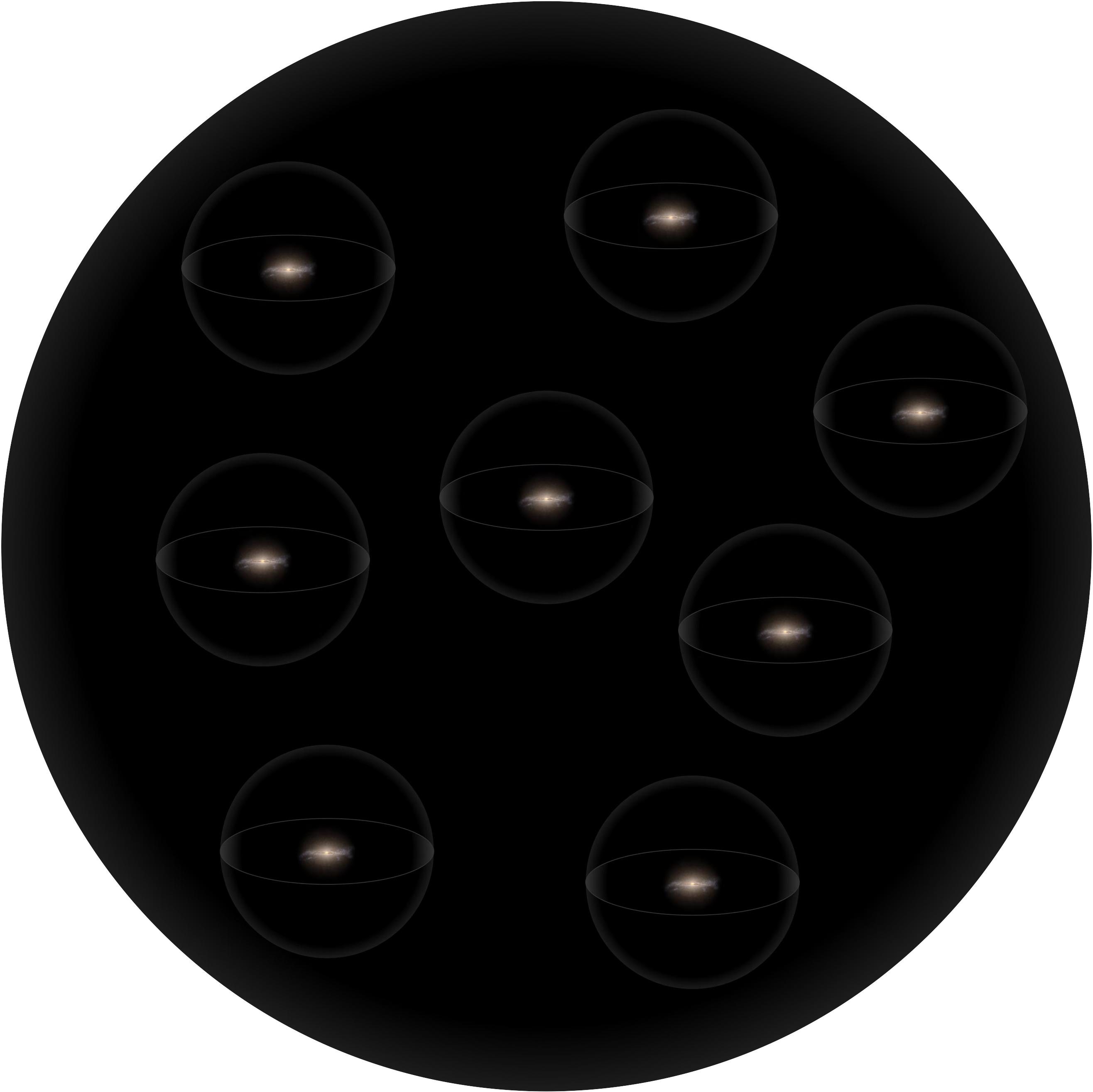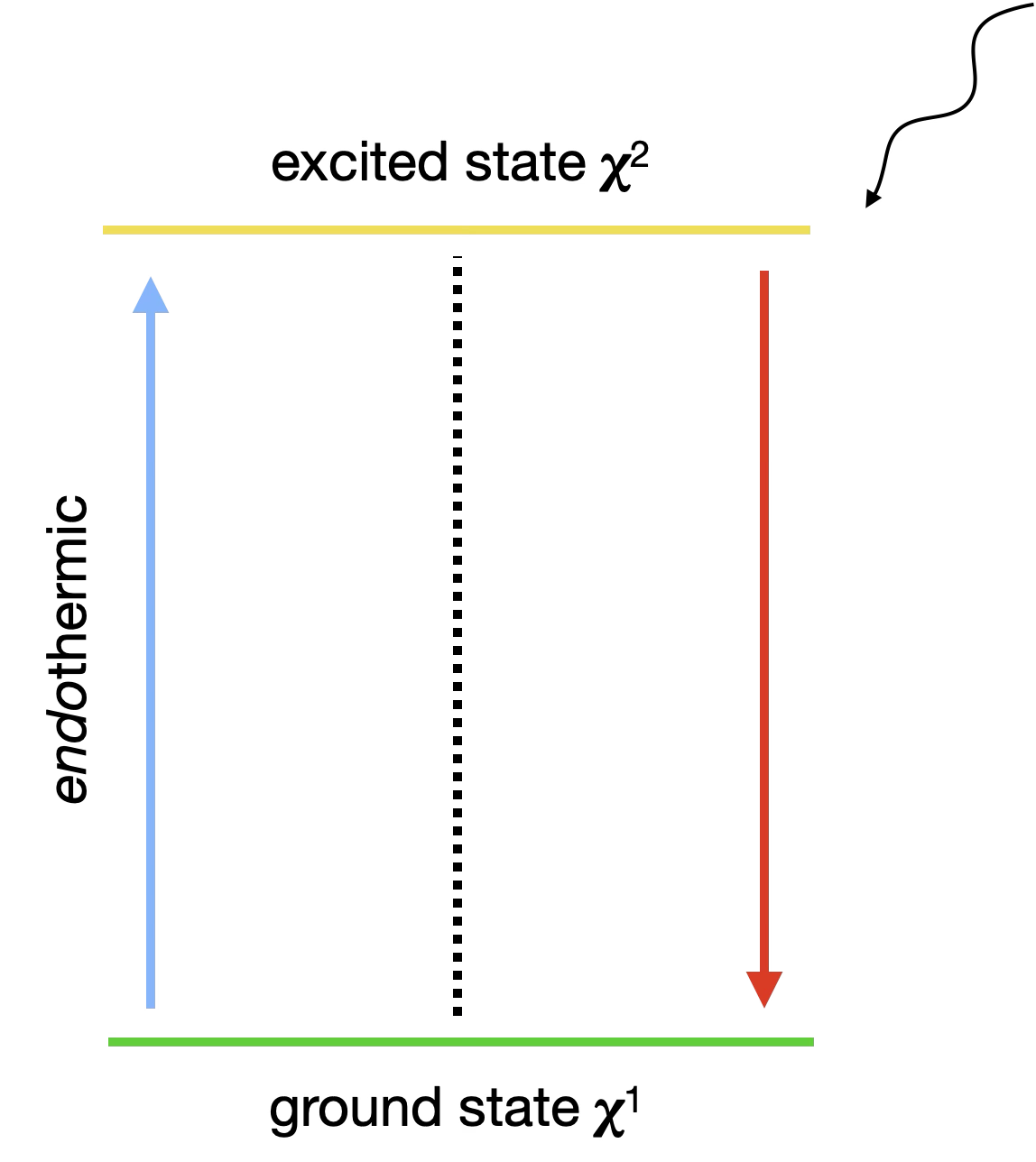I use simulations to study galaxies and how their properties are influenced by their environment. I study galaxies and clusters in the IllustrisTNG simulations and run zoom-in simulations of individual halos using both the TNG and FIRE models.
Galactic Environments
I use cosmological box simulations to study how to identify galaxy cluster boundaries and the cluster's influence on galaxy evolution.

Dark Matter Models
I run zoom-in simulations to study different models of dark matter and identify signatures that we can use to constrain potential dark matter interactions.
